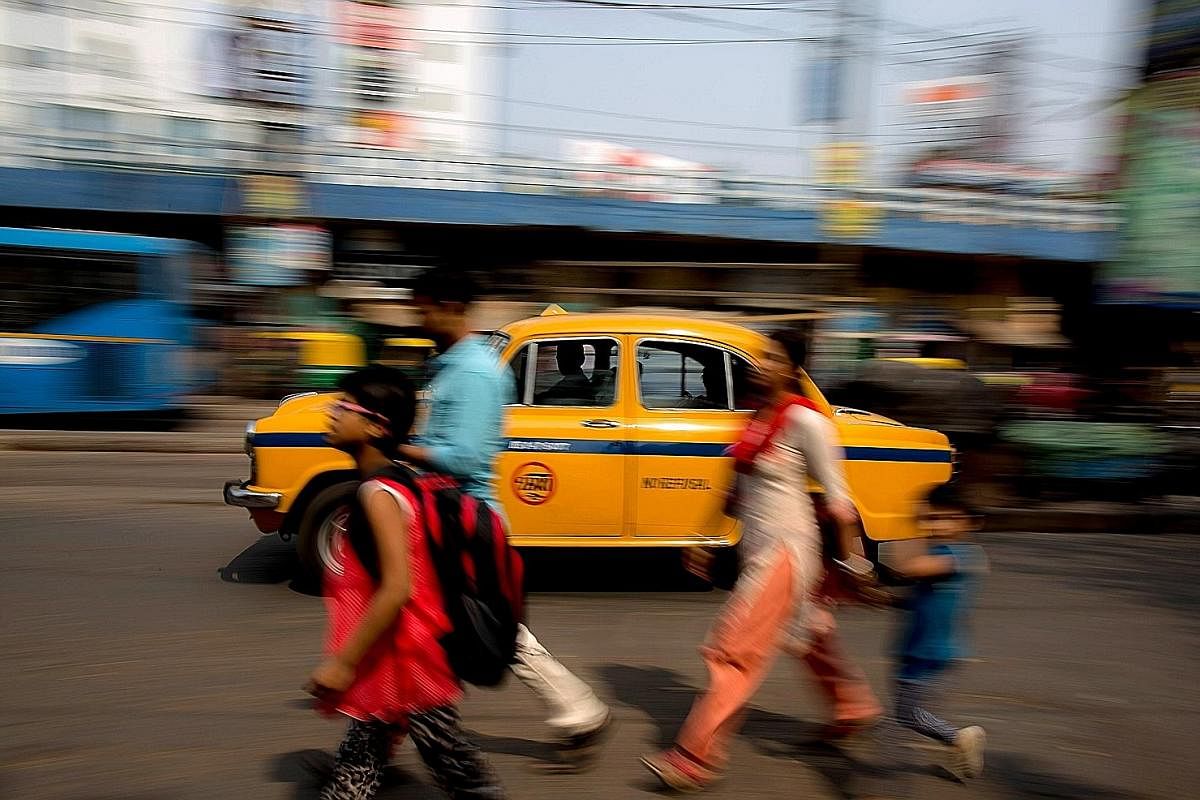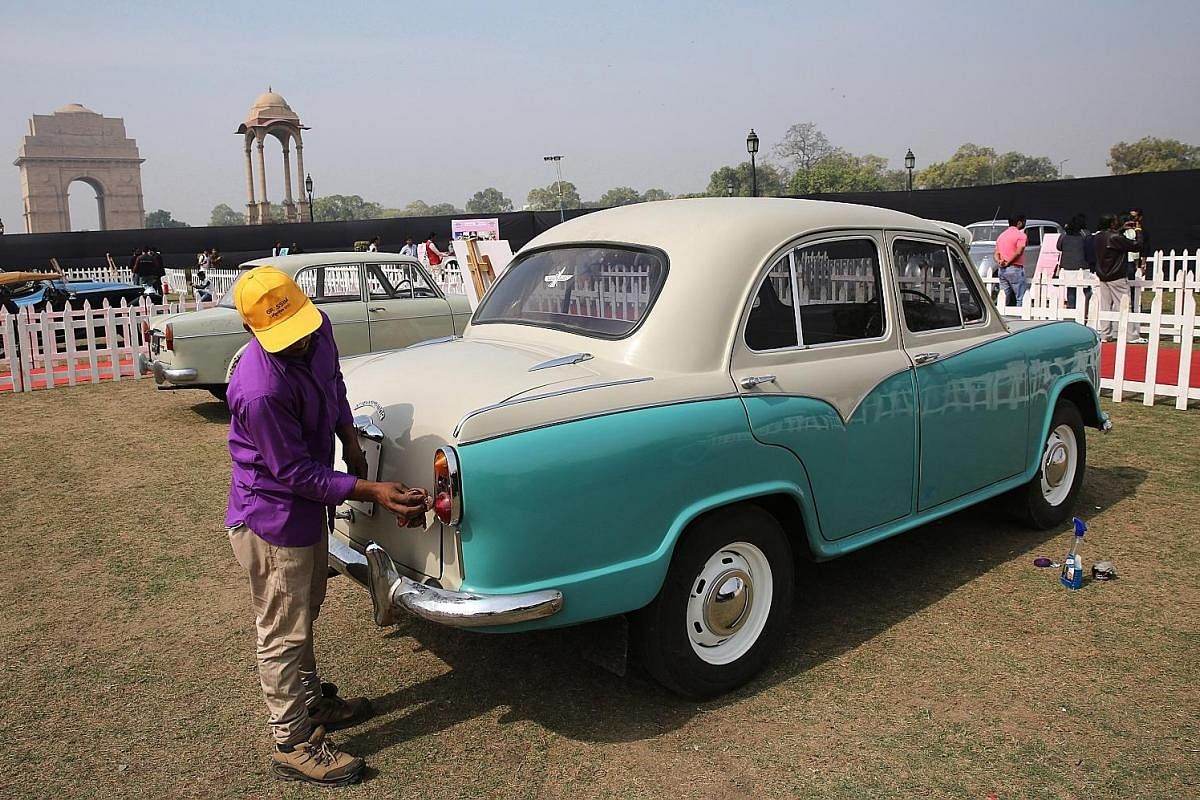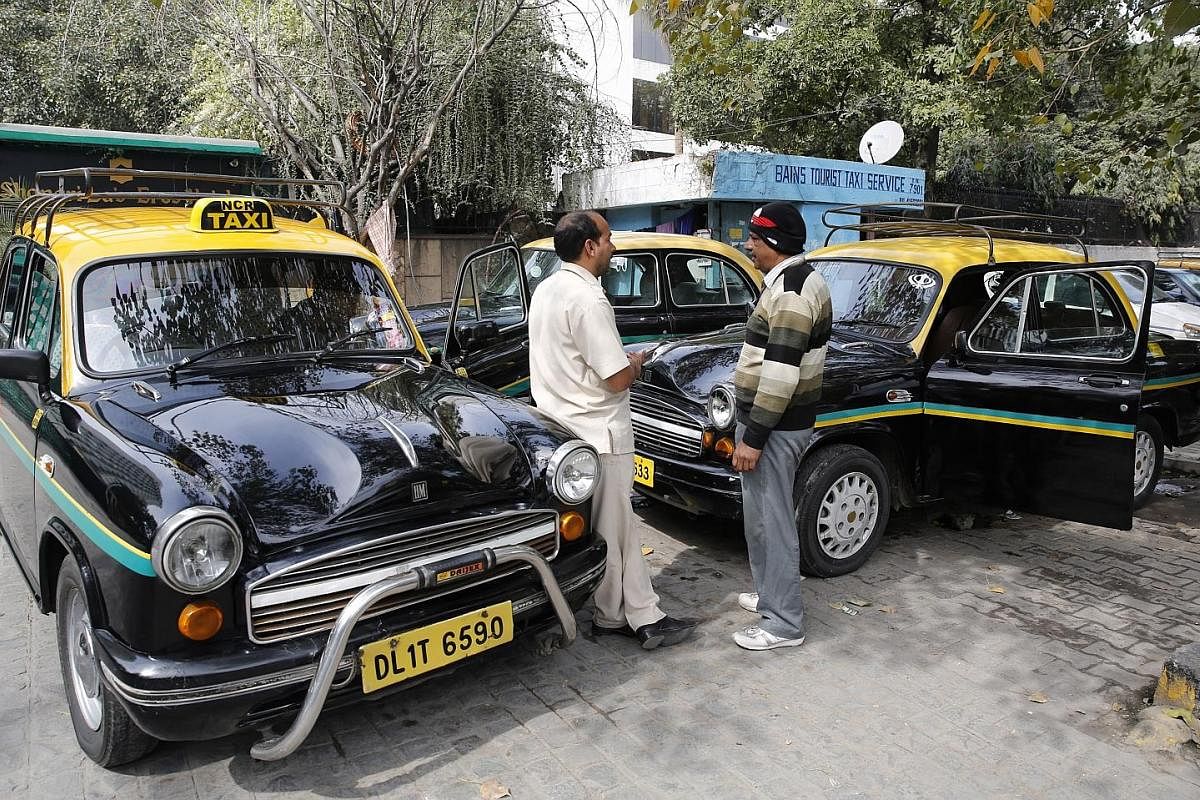Field notes
Time to bid farewell to India's icon, the Amby?
Dwindling sales have forced maker of the iconic car to sell the brand to Peugeot



An old joke about the Ambassador, often described as India's national car, was that all the parts in the vehicle made a loud sound except for the horn.
The car, the anecdote goes, withstood India's sometimes unpaved and often potholed roads, but did not always give the smoothest of rides. The steering was heavy, it was difficult to manoeuvre and radiators would often overheat.
Yet the bulky car, fondly called the Amby, is a much beloved icon that dominated Indian roads for more than four decades after it was introduced in 1957, modelled on Britain's Morris Oxford.
But only 20 years after India opened its car market to foreign competition (in the 1990s), the Amby may have reached the end of the road, deflated by competition from sleeker and more nimble makes.
On Feb 11, Amby's maker Hindustan Motors announced it had sold the brand to French carmaker Peugeot for US$12 million (S$17 million).
A collective sigh could be heard around the country in reaction to the news.
Some expressed anger that a beloved Indian icon had passed into the hands of a foreign company, while others saw a glimmer of hope in the revival of the iconic car.
"I am not happy that the brand was sold but I guess there was no choice," said Professor P.S. Avadhani, principal of the College of Engineering at Andhra University who uses an Amby for work.
Like many others, he blames the government for favouring foreign makes over the home-grown brand. Prime Minister Narendra Modi, for example, zips around in a bullet-proof BMW.
"Mahatma Gandhi wore khadi to promote khadi (handspun cotton). Why did the government not think about promoting it?" said Prof Avadhani, who learnt driving in an Amby.
"When we go in an Ambassador car, people give way and give respect. Ambassadors are identified with officials. I find it perfect for my official duties. I will use this car as long as it doesn't give me trouble."
Still, he admitted that he uses a Maruti 800, a small city car made by the Japan-India company Maruti Suzuki, for personal use. "Because it is easy to park," explained the professor.
BYGONE STATUS SYMBOL
Manufactured by Hindustan Motors, the Amby's interiors were plain, with padded bench seats that could fit a dozen people in a country where up to three generations of a family often live under the same roof.
It was a hardy car that could withstand any road condition and could be repaired by any mechanic.
Some people installed small fans and even put up lace curtains to keep the heat out while they were driven around by chauffeurs.
In the 1970s and 1980s, people had to wait up to eight years before they could buy an Amby due to overwhelming demand for the brand, which was one of two car brands on Indian roads after India gained independence from the British in 1947.
The other car was Premier Automobiles Limited's Padmini, which stopped being made in the 1990s.
Car restorer Tutu Dhawan's first car in the 1970s was an Amby which he converted into a station wagon so that his family could travel together on holidays out of Delhi.
"We were fond of travelling outstation (out of Delhi) to go hunting. The car was like a jeep you could drive anywhere, any time, whether it was (on a) kuccha (mud) or a pucca (paved) road,"' said Mr Dhawan who does not own an Amby any more but restores them.
"This was the lifeline then. It was not only a people carrier, but also a VVIP carrier used by prime ministers. The Ambassador was one of the most comfortable cars as far as sitting posture was concerned. A lot of old-timers preferred to buy an Ambassador because of the comfort."
The car remains a status symbol because it was the choice of officials. Whether it was the prime minister - who used a bullet-proof model - or bureaucrats in small towns, a chauffeur-driven Amby with a red or blue siren on the roof signalled the arrival of a VIP and nudged the rest on the road to give way.
Outside government offices, rows and rows of sparkling white Ambassadors would be parked with the drivers waiting nearby for their bosses.
But competition from fancier, more innovative cars has proven to be the brand's undoing after the market was liberalised.
The first blow came in the 1980s with the introduction of the cheap Maruti 800, which cost only 50,000 rupees (S$1,060). It was an instant hit and Maruti Suzuki went on to introduce other car models.
Hindustan Motors upgraded the Amby to comply with emission norms and made other tweaks over the years - but barely changed the design.
It only got worse for the Amby with the entry of foreign manufacturers like South Korea's Hyundai during market liberalisation in the 1990s.
A growing middle-class with higher disposable incomes increasingly preferred sleeker models that offered multiple features.
The ungainly Amby, in spite of its diehard fans, was unable to maintain its dominance.
Even an attempt in 2003 to bring in a souped-up version with power steering and body-coloured bumpers, among 137 changes, failed to stem the downward momentum.
A COLLECTOR'S ITEM
While car sales went up in the country, the sales of the Amby dwindled.
Even government orders sputtered, particularly after former prime minister Atal Behari Vajpayee started using the BMW 7 Series luxury saloon in 2002.
Annual sales dipped from 20,000 cars in the 1980s to about 2,000 in 2013 to 2014, according to reports.
Production come to a halt in May 2014 on the back of mounting losses.
The car, which was first sold at 16,000 rupees, was selling at around 522,000 rupees when it was pulled off factory lines.
Peugeot, which is probably aware of the many sensitivities and the nostalgia associated with the Amby, has yet to reveals its plans for the brand and said it was studying the possibilities.
"I can say that we feel humbled and privileged to be able to acquire the iconic name, Ambassador, from Hindustan Motors. We believe that the PSA-CK Birla Group partnership could benefit in future from the use of this trademark," Mr Pierre-Olivier Salmon, a spokesman for Paris-based Peugeot, told The Straits Times, referring to the parent company of Peugeot and Hindustan Motors respectively.
For now, PSA and CK Birla have inked an agreement for Peugeot to re-enter the Indian market and set up a vehicle and power-train manufacturing unit in Tamil Nadu.
"We have not yet decided the product line-up... This is still under study," said Mr Salmon.
Ironically, since the car was canned, its allure has only gone up among its ardent fans.
It has become a collector's item, even the recent models, and can sell for anything upwards of 20,000 rupees.
There are buyers looking for certain models and sellers prowl classified ads for deals.
Enthusiasts have created Facebook fan sites dedicated to the car, with users uploading their latest sighting of the car.
For the past three months, Mr Nalabala Chandra Reddy Yadav, 43, a contractor in the southern city of Tirumala, has been searching for an Amby - either a Grande, a model that includes body-coloured bumpers and camel-coloured interiors, or a model manufactured between 2012 and 2014.
"My family is interested in Mahindra Bolera (an SUV) but I am very interested in an Ambassador. It is a very safe car to drive and I can get it repaired nearby as there are many garages," said Mr Yadav, who sold his older Amby 18 months ago and has been scouting the classified ads and Facebook fan sites to get a newer version.
"I really want to drive around in an Ambassador car."
Experts reckon the value of the Amby, a reminder of a bygone era when Indians roads were empty and traffic jams unheard of, would only go up.
"As it becomes scarce, it is becoming popular among collectors. (Peugeot) has a ready-made market. It is going to benefit provided it does the marketing well," said Mr Dhawan, the car restorer.
Join ST's Telegram channel and get the latest breaking news delivered to you.
A version of this article appeared in the print edition of The Straits Times on March 04, 2017, with the headline Time to bid farewell to India's icon, the Amby?. Subscribe
